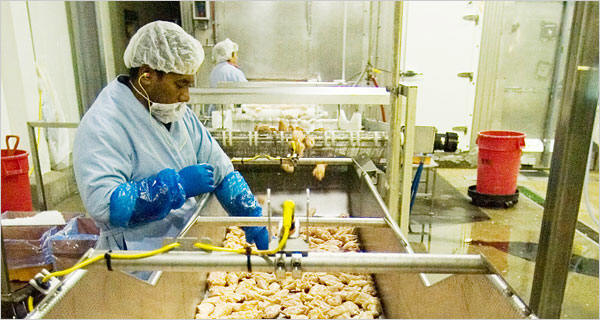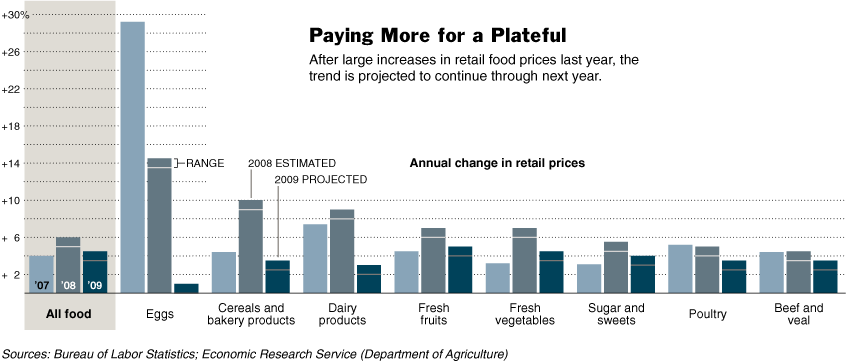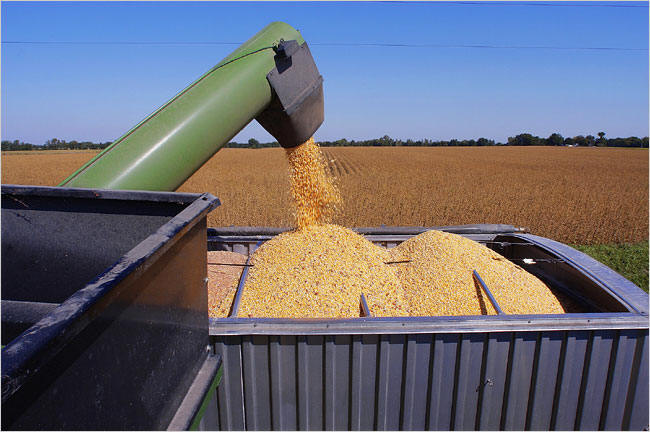| Want to send this page or a link to a friend? Click on mail at the top of this window. |
More Special Reports |
| Posted November 27, 2008 |
| National |
| Food Prices Expected to Keep Going Up |
 |
| SPENCER TIREY FOR THE NEW YORK TIMES |
| A worker checks frozen chicken wings at a Tyson plant in Springdale, Ark, |
| By ANDREW MARTIN |
|
|
|
 |
|
|
|
|
|
|
 |
|
| SETH PERLMAN/ASSOCIATED PRESS | |
| Prices are dropping for commodities like corn being harvested near Auburn, Ill., but economists predict the cost of food for consumers will continue to increase through next year. |
| Wehaitians.com, the scholarly journal of democracy and human rights |
| More from wehaitians.com |